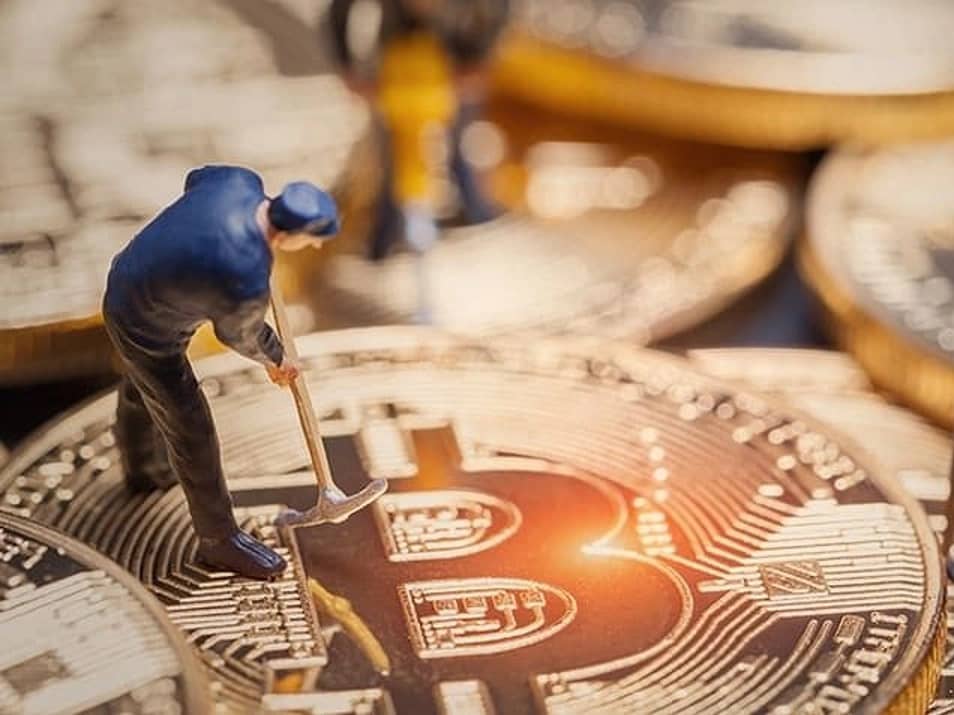위키 구독하기
Share wiki
Bookmark
Mining
에이전트 토큰화 플랫폼 (ATP):에이전트 개발 키트(ADK)로 자율 에이전트 구축
Mining
암호화폐 채굴은 특정 암호화폐의 새로운 유닛을 생성하는 동시에 블록체인 네트워크에서 거래를 검증하고 기록하는 과정입니다. [1]
개요
암호화폐 채굴은 특수한 컴퓨터 하드웨어를 사용하여 복잡한 수학 퍼즐이나 알고리즘을 푸는 것을 포함합니다. 채굴자들은 솔루션을 찾고 거래 블록을 검증하기 위해 서로 경쟁합니다. 채굴자가 퍼즐을 성공적으로 풀면 블록을 블록체인에 추가하고 인센티브로 특정량의 암호화폐를 보상으로 받습니다. [2]
보상은 네트워크의 처리 능력에 기여하도록 하는 보완적인 인센티브를 생성함으로써 거래 수수료를 줄입니다. 채굴은 일반적으로 TH/s 단위의 해시율로 측정됩니다. [5]
일부 채굴자들은 자원을 공유하여 네트워크를 통해 처리 능력을 공유하고, 블록을 찾을 확률에 기여한 작업량에 따라 보상을 균등하게 분배합니다. "쉐어(share)"는 유효한 부분적인 작업 증명을 제시하는 채굴 풀의 구성원에게 수여됩니다.
채굴 하드웨어
암호화폐 채굴에 참여하려면 채굴자는 특수 채굴 하드웨어를 갖춘 강력한 컴퓨터 시스템을 사용합니다. 비트코인과 같은 암호화폐의 초기에는 표준 CPU(중앙 처리 장치)나 GPU(그래픽 처리 장치)를 사용하여 채굴이 가능했습니다. 그러나 암호화폐가 인기를 얻고 채굴 난이도가 높아짐에 따라 ASIC(주문형 반도체)이라고 하는 전용 채굴 하드웨어가 개발되었습니다. ASIC은 매우 효율적이며 비트코인, 라이트코인 등의 암호화폐 채굴을 위해 특별히 설계되었습니다. [1][3]
GPU 가격 상승
2017년 암호화폐 채굴 증가는 그래픽 카드(GPU)에 대한 수요를 증가시켰습니다. GPU의 컴퓨팅 성능은 해시 생성에 적합합니다. [6]
채굴 가속기 칩
여러 회사에서 CPU 또는 GPU 채굴에 비해 더 높은 가격 대비 성능을 제공하는 특수 암호화폐 채굴 가속기 칩을 개발했습니다. 인텔은 한때 Blockscale이라는 암호화폐 가속기 칩을 출시했습니다. [7]
채굴 풀
채굴 풀을 통해 채굴자는 컴퓨팅 자원을 결합하여 블록체인에서 블록을 찾고 채굴할 확률을 높일 수 있습니다. 블록 채굴에 성공하면 보상은 기여한 컴퓨팅 성능에 따라 참여자에게 분배됩니다. [4]
에너지 소비
암호화폐 채굴에는 상당한 컴퓨팅 성능이 필요하며, 이는 높은 에너지 소비로 이어집니다. 이는 특히 비트코인과 같은 암호화폐의 환경적 영향에 대한 우려를 야기했습니다. 채굴과 관련된 에너지 소비는 더욱 에너지 효율적인 채굴 기술 개발과 재생 에너지원 사용에 대한 논의를 촉구했습니다. [4]
채굴 보상
채굴자는 새로 생성된 암호화폐와 거래 수수료 형태로 컴퓨팅 노력에 대한 보상을 받습니다. 특정 보상 구조는 암호화폐마다 다릅니다. 비트코인의 경우 보상은 약 4년마다 절반으로 줄어드는데, 이를 **"비트코인 반감기"**라고 합니다. 이 메커니즘은 인플레이션율을 제어하고 시간이 지남에 따라 비트코인의 공급량을 제한하도록 설계되었습니다. [2]
잘못된 내용이 있나요?
